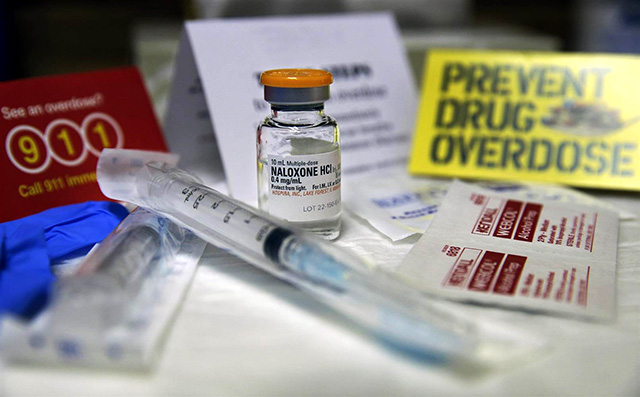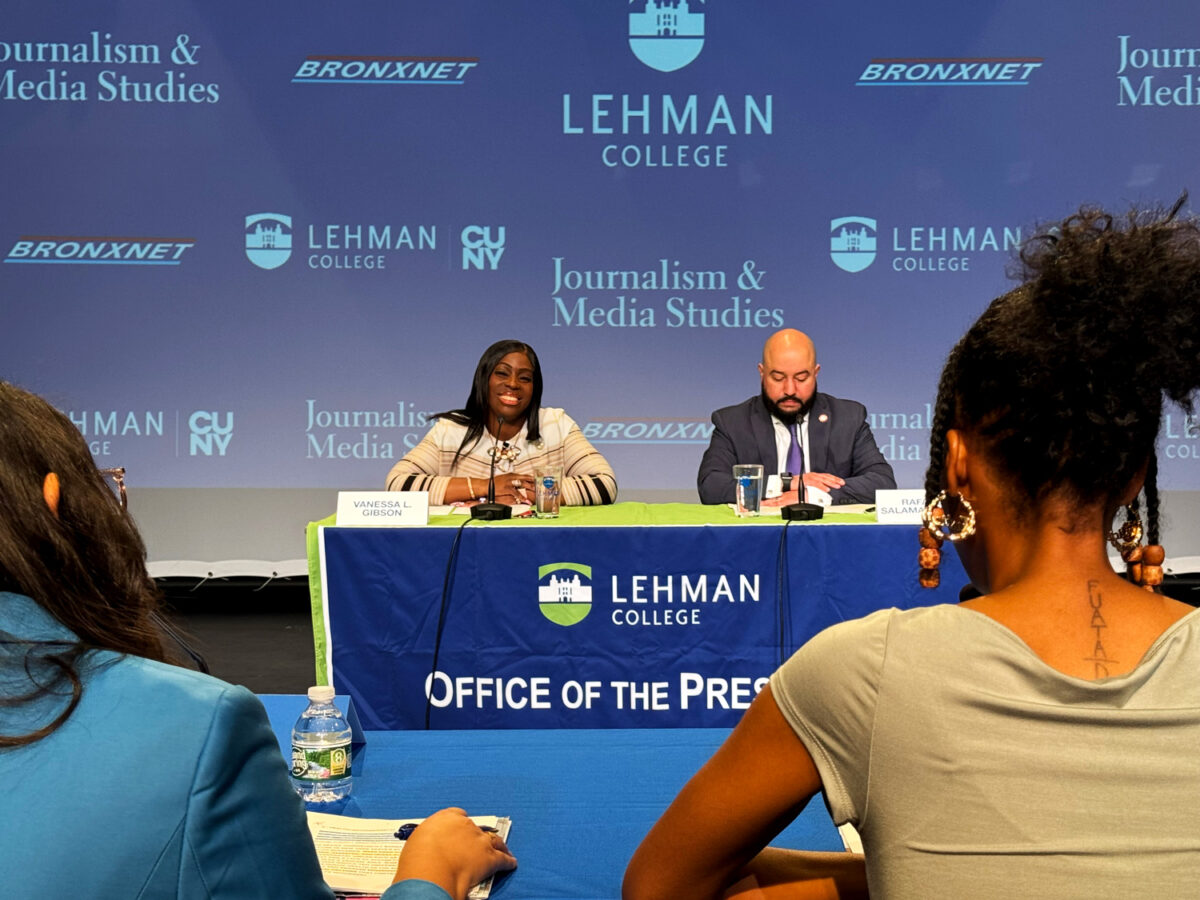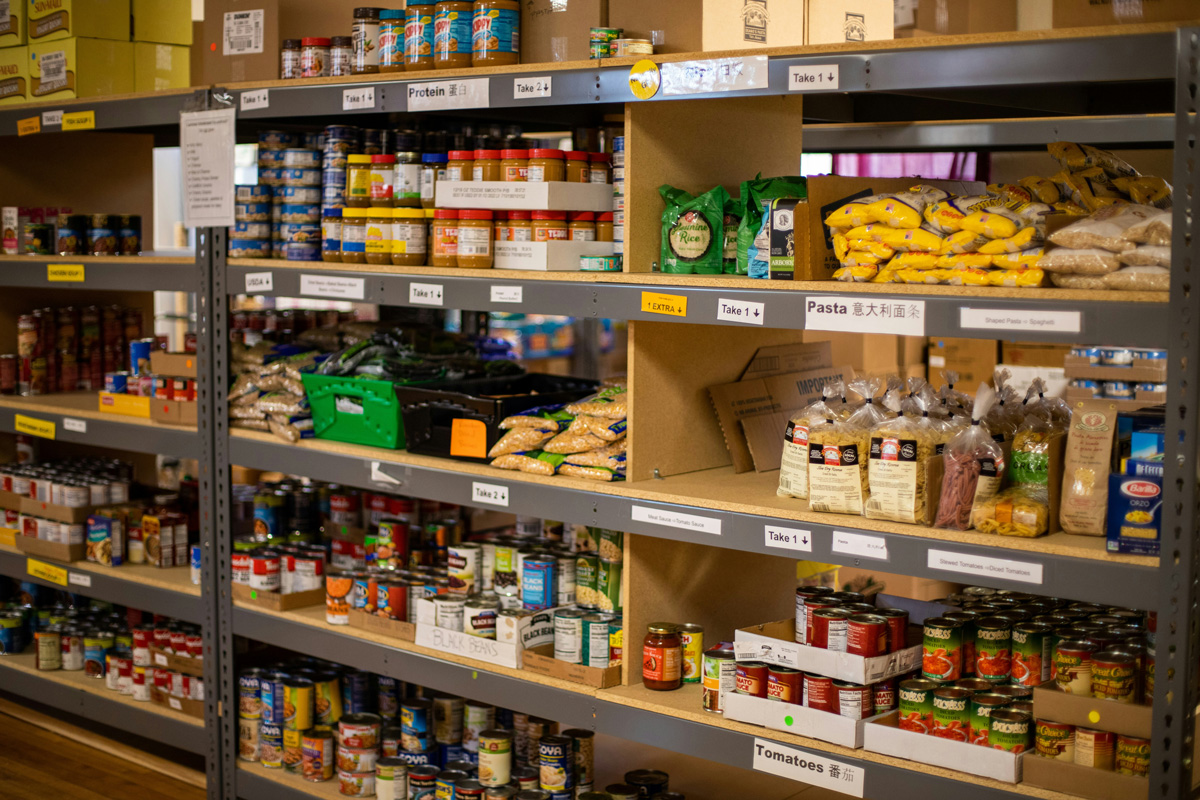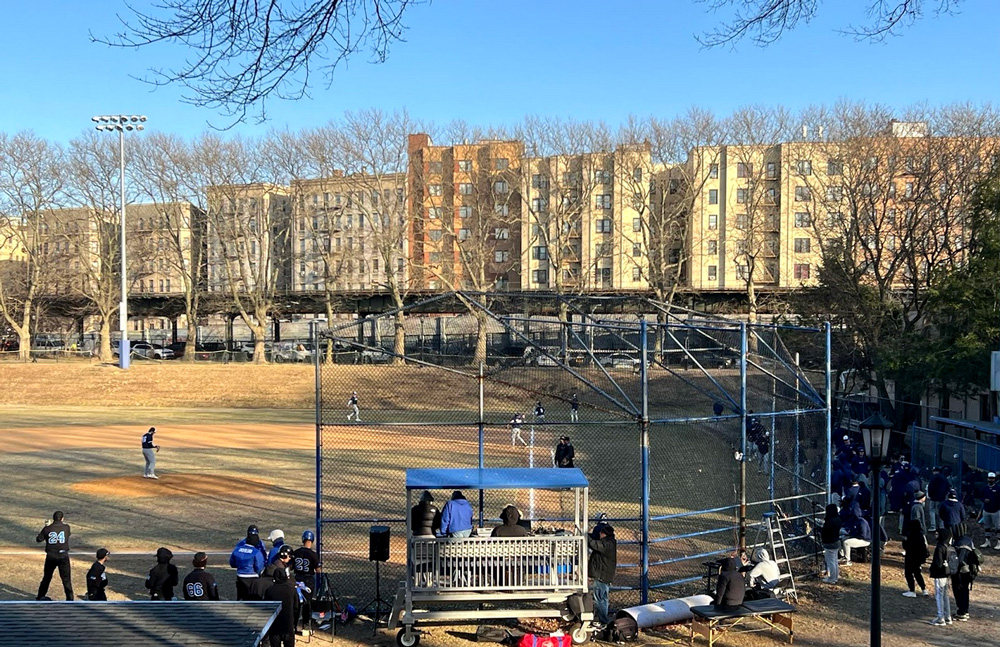By Astrid Lorenzo
The HIV epidemic may offer insights for government officials and medical professionals seeking to overcome the opioid epidemic. Major scientific advances, better access to treatment, prevention and education on a large scale made HIV one of the most treatable diseases in the US.
In a panel held at Bellevue Hospital, medical personnel and criminal court officials discussed possible solutions for the crisis. More than 800 people die each week from opioid related causes in the U.S. The estimated economic burden is over $78 billion a year, according to the Centers for Disease Control and Prevention (CDC).
Although some efforts have been made to contain or stop this growing problem, the government has been slow in addressing it. Panel member Meryl Berkowitz, a judge for the Nassau County Court, said there was nothing new about the opioid crisis. “The only thing new about it is that it’s hit the middle class,” she said. “But don’t fool yourself, heroin has been in the lower class, in the working class, and in the people of color for years and everybody ignored it. And that’s the truth.”
Opioids are a class of drugs derived from the opium poppy plant and are used as a pain reliever. Opioid disorder has become the medical term for the condition of opioid abuse and addiction. The opioid problem is believed to have started with the overprescription of pain medications in the ‘90s. Pharmaceutical companies also began marketing opioids in ways that claimed that they posed little to no risks. Over the last decade, heroin has become cheaper and the introduction to synthetic opioids have intensified the epidemic.
Berkowitz mentioned that the criminal justice system has diversion programs, which is a kind of sentence that allows an offender to join a rehabilitation program in order to make up for the committed offense. In most cases, this allows them to do so without getting a criminal record. Like most rehabilitation programs, these programs are limited to whom they can help. “We don’t take everybody because the law doesn’t allow us to,” said Berkowitz. “The law is designed so that we only take people with nonviolent crimes. If they have immigration problems or if they have other problems we defer them.”
The epidemic is different, she said, because the demographic has shifted and now includes people who have been prescribed drugs. She believes that the program is productive and can be successful. But she also said that there need to be more of them in order to see a bigger impact.
In the medical field, providing comfort and alleviating pain are the keys to providing proper treatment. Health care providers on the panel spoke about the pressures to prescribe opioids because they feel the need to alleviate pain and because they are often more cost effective and accessible than alternatives.
Those who become dependent and addicted to painkillers are more likely to start using heroin because it is less expensive than prescription drugs. But along with heroin, synthetic opioids are also of major concern and both have propelled the crisis. Fentanyl is a synthetic opiate mostly produced in China. It’s cheaper, up to 50 to 100 times stronger than heroin and it’s lethal. In 2016, almost 90 percent of deaths related to opioid overdose were due to the use of heroin or fentanyl if not both, while 18 percent of deaths were due to prescriptions.
Joshua Lee, a professor of health and medicine and the director at the NYU fellowship in addiction medicine, said that fentanyl is killing people but the overall overdose rate has not become better nor significantly worse in the last two years, according to CDC data of 2017.
“The HIV epidemic is probably the perfect example of what we should do about it. We should massively fund treatments, prevention, education, things that stop fentanyl,” said Lee. “You can only truly focus on treatment and prevention.”
Lee discussed the medical treatments used to treat patients with a heroin or opiate use disorder such as methadone and buprenorphine. Methadone is predominately used in New York City for opiate disorder treatment, however it can become a challenge to get access. “We know what to do in order to treat opiate misuse disorders, we just don’t do it at scale nearly enough,” said Lee.
The opiate epidemic has had a profound influence in the increase of hepatitis C, HIV, and other diseases due to sharing of syringes. Moreover, expecting mothers can also pass on opioid dependency to their children. The number of newborns with neonatal abstinence syndrome has increased gradually over the last few years.
The epidemic has impacted patients across a spectrum of age groups, said Ethan Weiner, chief of Pediatric Emergency Services and the professor of medicine and pediatrics at NYU. “Those adolescents that received a prescription, a legitimate prescription for any opiate prior to graduating high school, they were three times more likely to use opiates for what we call illegitimate purposes by the time they turned 23,” he said.
It is easy for any individual of any age to find themselves using opiates for reasons other than prescribed, said Weiner, and they can quickly become dependent. Often users get opiates from family, friends or off the street. “There’s a significant burden of mental health issues, of depression and anxiety,” said Weiner. The availability of very potent and potentially lethal medications has led, he said, to much more lethal methods of attempting suicide.
Most of the heroin is produced and distributed in Mexico. Major drug cartels control the production and distribution of these narcotics and move them across the border and into the major cities of the US.
In response, there has been an increase in border patrol agents. There was more than double the number of heroin seizures and trafficking arrests between 2010 and 2015. In a opioid summit in March, President Trump vowed to increase the number of border patrol agents in efforts to “keep the drugs out” of the US.
The US is attempting to cut both foreign and domestic supplies of opioids by limiting the number of prescriptions. However, the number of prescriptions each year has not varied significantly. The US has also provided counternarcotics assistance to countries like Mexico and China. For example, the Merida Initiative, introduced in 2007 provided almost $3 billion in counternarcotics aid to Mexico. This program has been said to have aided in the capture of some of the top cartel leaders, including Joaquin “El Chapo” Guzman.
In many cases, rather that punishing those arrested for opiate related activity, New York state officials have focused more on reducing the demand and treating drug users. In January, Mayor Bill de Blasio announced that New York City filed a lawsuit against the distributors and manufacturers of prescription drugs. Many other states have filed lawsuits as well on the belief that these major pharmaceutical companies are responsible for much of the opioid epidemic. In early March, HealingNYC was launched by Mayor Bill de Blasio and First Lady Chirlane McCray. The program invests $38 million each year to reduce overdose related deaths in a span of five years.








No comments